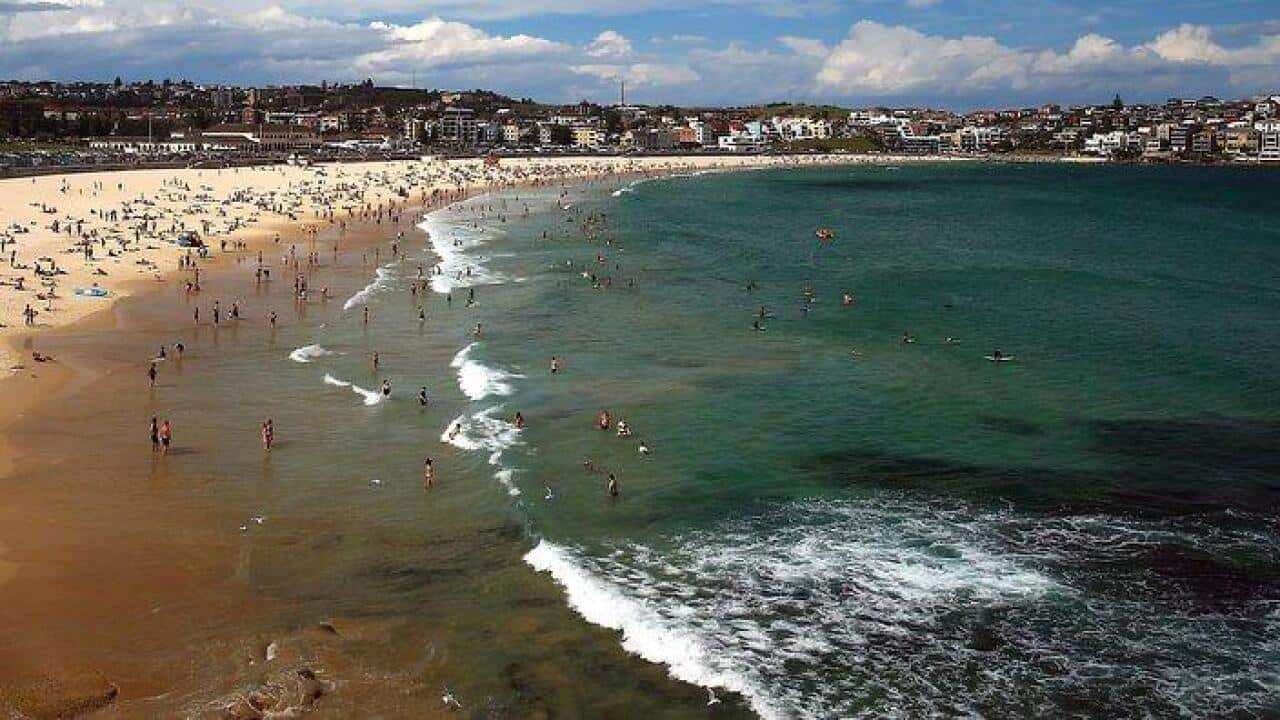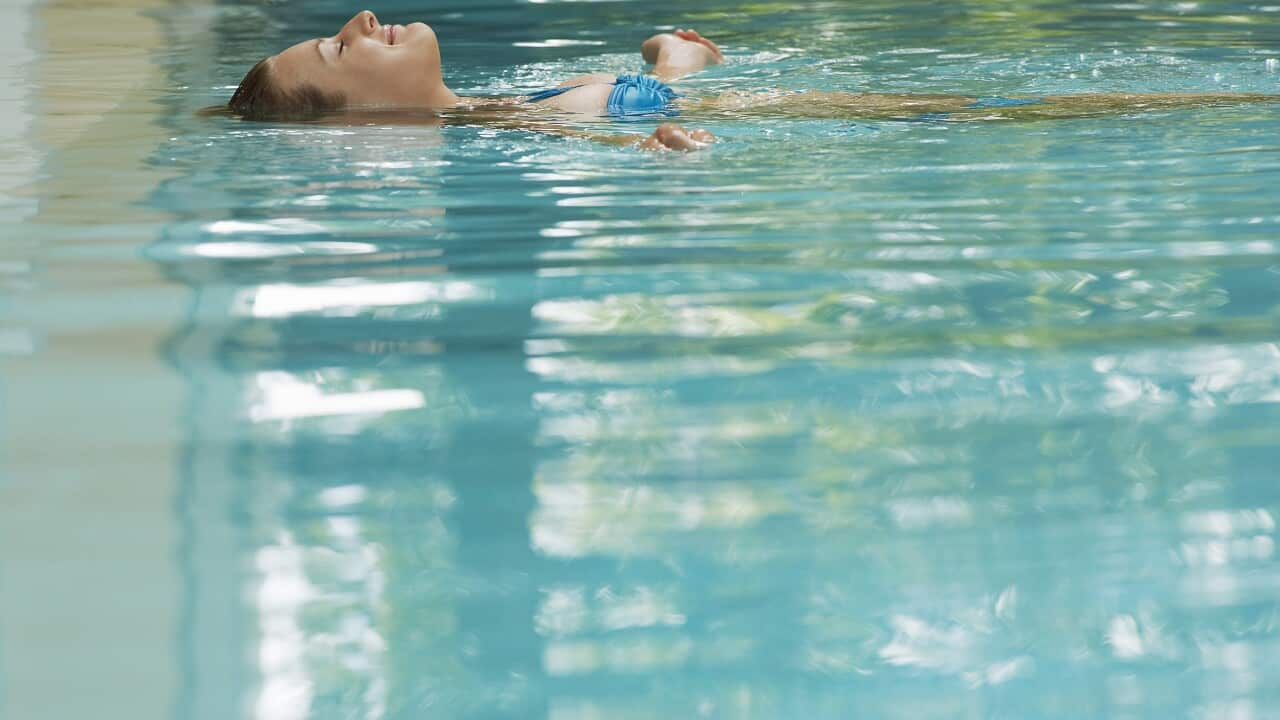I grew up in Sydney, on the wrong side of the bridge, in the migrant heartland of and later in far western Penrith. The Australia marketed to the world through Sydney’s Lara Bingle and Crocodile Dundee was as curious and novel to me as to the foreigner it was marketed to. I read dispatches on this world voraciously, like anthropological gems. Going ‘east’ for us was an arduous and usually annual train occurrence that only went as far as Darling Harbour and Town Hall.
If the wealth required to live on Sydney’s eastern belt in one of world’s most inflated property market keeps most of us out, the structure of the city ensures it. The country’s iconic coastline, treated breathlessly in our literature and media, remains beyond reach to the majority of those living in the vast condensed greater Sydney, across traffic congested super-highways.
The geography of Sydney is a reflection of the deep divisions of the city along race and class lines. It’s no accident that Bondi locals resisted a proposed public transport direct train line to prevent
The country’s iconic coastline, treated breathlessly in our literature and media remains beyond reach to the majority of those living in the vast condensed greater Sydney
I am one of those dreaded Westies. The first time I crossed the bridge as an adult, I remember the trepidation of getting lost in the tangle of highways on the ‘right’ side of Australia’s famous landmark. Making sense of the new routes was like learning a new language, keeping up with a tangle of unfamiliar culture and associations I later navigated in the world of law and media, with people for whom the Indian restaurants of Wigram St or the sizzling Ramadan night markets of Haldon street were as exotic as beaches and ferries were to me.
Being the cross-border explorer I am, of course I decided to implant myself and make this foreign world mine. When I lived in the eastern suburbs for two years as a freelancer (after some migrant-level saving hustling), I felt amazed and cheated at missing out on the beauty of the coast.
I understood why it was so furiously guarded. I loved spending my (mostly unemployed) days on the empty beaches, the water a balm to the spirit. I was able to experience the ocean as a force of healing and a kind of spiritual encounter with the vastness of nature.
I was virtually the only brown person in the beach suburb I lived in (minus the Dominos delivery man and Subway lady). This was simultaneously isolating but admittedly freeing. I knew I wouldn’t meet anyone I knew here. There was no halal food or mosques, only smoothies and grilled salmon.
I watched with admiration the daily pilgrimage of locals to the sand, a kind of secular Australian Ganges – bodies running, swimming and walking along on the shore with the ruddy industry of a water-loving culture. But it also reminded me how cheerfully insulated most Australians live from the realities of others. They don’t know anything about our lives because they don’t need to.
The beach is not only not immune from Australia’s race politics of this country, but deeply emblematic of it
The beach is not only not immune from Australia’s race politics of this country, but deeply emblematic of it. Our most famous race riot was a territory tussle on Sutherland Shire’s . Broadcasting to the world in 2004 the ugly side of the shiny blonde beach Australiana we export and a kind of crude warning to brown people who venture with too much confidence into white space.
When you’re a brown body on a white beach, you are treated differently. We are more tentative. We travel in groups. In contrast to the toned hairless agile Anglos, sometimes we don’t have the proper clothes or water skills, bumbling along in mismatched gear and dropping toes tentatively in water - just like our parents’ tentative forays into the worlds they didn’t have a map for yet.
There is sometimes fear and stress, wondering if there will be an unpleasant encounter. I remember the side eye the groups of young hijabi women or family dawats I joined were treated with growing up. Most of our neighbours would be cleverly and generously bribed with platters of tandoori chicken or shish kebab. But there were always the white people who would sniff down at us, snarl, or think it was ok to loudly tell us where to sit or huff loudly about arcane rules that migrant aunties and uncles would quietly acquiesce to it. Stay quiet, don’t be too nosy or loud or brown, seemed to be the message.
I watched with admiration the daily pilgrimage of locals to the sand, a kind of secular Australia Ganges
I nearly fit in now. But sometimes those moments of shame come hurtling back like a wave. The other weekend at the beach a man insisted I had stolen his snorkel I left on a concrete ledge. He kept me frozen, stammering and blushing, stubbornly insistent until his wife found the missing snorkel, before they both released me, shrugging without apology. I could feel my panic and anger rising but like with any encounter with the white majority, it felt like the easiest thing to do was to flee and forget.
Most of these daily bruising encounters get offloaded on WhatsApp threads. But these moments are a rude reminder when one is blissfully enjoying invisibility, the public space does not belong to you. You still need to be triple careful - to not litter, be extra polite and ‘unaggressive’ to those who set the rules of your engagement here. Like Daisy and Tom in the Great Gatsby, there are some people who can break things and fall back carelessly into the comfort and security of money and social dominance, with others left with damage they can’t afford.
The only truly inclusive water space I’ve known in Sydney is the entry-fee McIver women’s pool in Coogee. A haven for Muslim, gay, non-binary and older women, not surprisingly, a collection of societies’ outsiders in what truly embodies that much abused term - ‘safe space’. Here age, spots, hair, fat and wrinkles are in glorious display, a reminder of the joy of being able to be yourself in a world that still feels like it surveils and privileges certain bodies over others.
My emboldened forays and many smack downs in and around the water are a kind of metaphor for my ascent as a second generation migrant in this country I’m still learning to negotiate, as I step into worlds where I’m still the only brown person in the room. I used to be terrified of the water. Today I’m paddling furiously, hoping not be smashed again by a wave. Tomorrow I’ll be floating and laughing, and the white Ganges will be mine.
a selection of dedicated programming, special events and news highlights with a focus on encouraging greater understanding of Indigenous Australian perspectives on 26 January. Join the conversation #AlwaysWasAlwaysWillBe.





